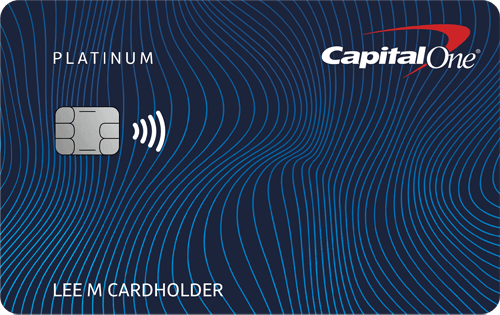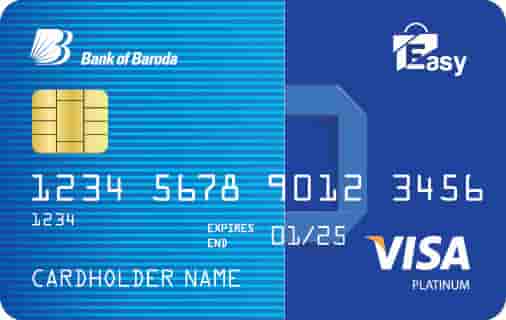
Credit card companies offer many services and products. One of the best ways to compare them is to go online. Sites can be found that assess different products and classify them according to the main functions. These websites can help you find student credit card rates and benefits. If you're in the market for a new credit card, you can use these sites to get an idea of the pros and cons of each.
Interest charges vary widely from card issuer to card issuer
Your credit card issuer may have different interest rates. Some issuers charge "teaser fees" of zero percent for your first few months, while others charge up 40 percent for each month. Individual states set their own interest rates. In states such as South Dakota, where there are no interest rate limits, or Delaware, where the usury laws are weak, the rates may vary widely.
Different creditworthiness levels may have different interest rates. There may be a higher rate for borrowers who have less credit and lower rates for those who have more. The interest rates you are charged are determined by the prime rate, which banks charge to their most credit-worthy clients.

Rates of interest can vary from one card issuer to the next
The average credit card interest rate fluctuates, but it is generally around 17% for the first two-thirds of 2019. NerdWallet or the Federal Reserve say that interest rates on credit cards depend on consumers' credit ratings. Higher credit scores are associated with lower interest rates. Consumers with better credit ratings are more likely repay their debts.
Certain banks have raised interest rates while others have increased fees as a result of new rules regarding credit card charges. Consumers are encouraged to do comparisons and study the fees associated credit cards.
Benefits of a balance transfer credit card
Although balance transfers seem to be an effective way to raise your credit score quickly, it is important that you remember that they are not always instantaneous. You could be in debt more quickly if you do not make your payment on time. This can result in a rise in your debt to credit ratio. Balance transfers can also negatively impact your credit score and lead to an increase of your interest rate.
A balance transfer allows you to move your credit card balance onto a card that has a lower interest rate. This can help reduce your monthly payment and enable you to pay down a greater percentage of your balance in a shorter time. Many balance transfer credit cards offer introductory periods with 0% APR. These rates are available for between 12 and 21 months.

Credit card loans with interest rates
The interest you pay on credit cards loans depends on the amount borrowed as well the type or balance transfers made. Your credit score and the credit card issuer can also affect how much interest you get on your credit cards. The APR (annual percentage rate) measures interest expenses over one year.
Credit card interest expenses are an ongoing expense you have to pay. The APR is the annual percentage rate charged by credit card issuers. This information can be found in terms and conditions. The APR may fluctuate depending on federal rates. The Credit CARD Act of 2009 prohibits issuers from increasing the rate without prior notice.